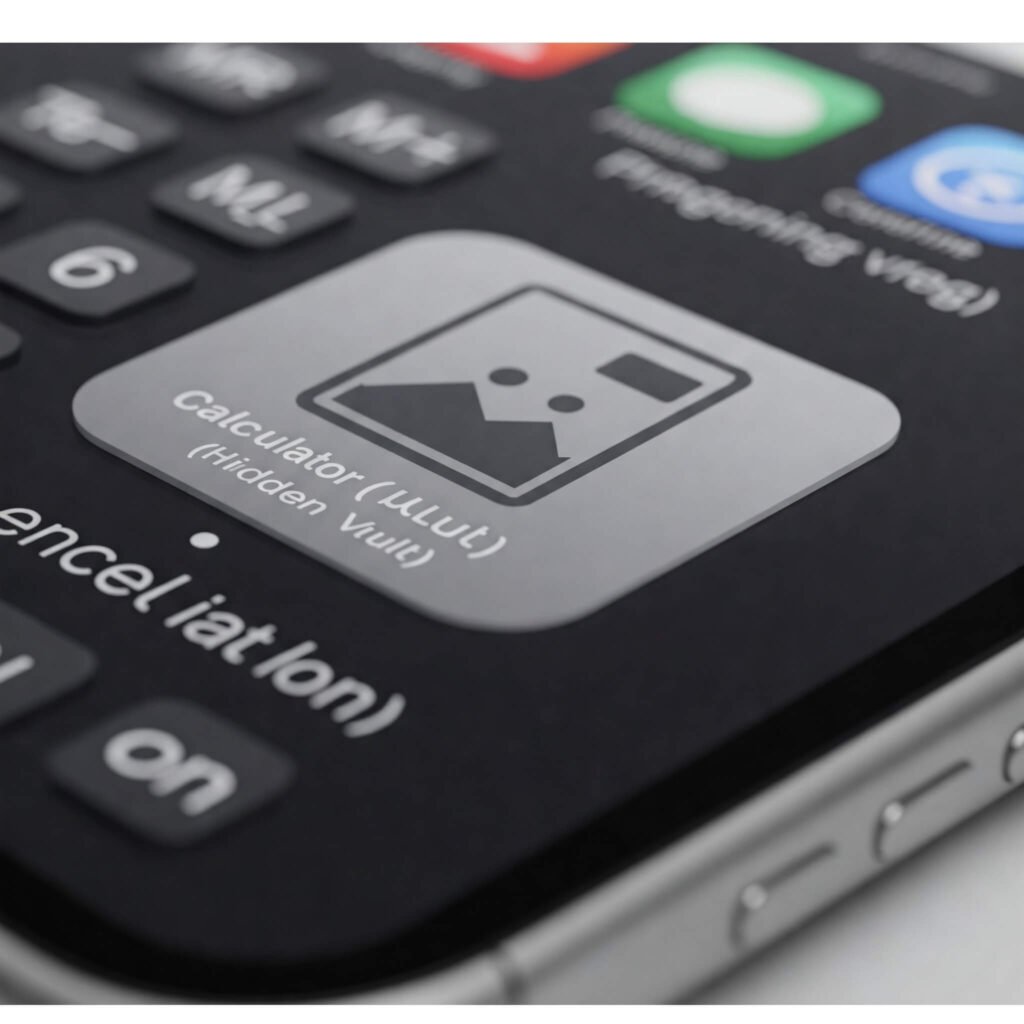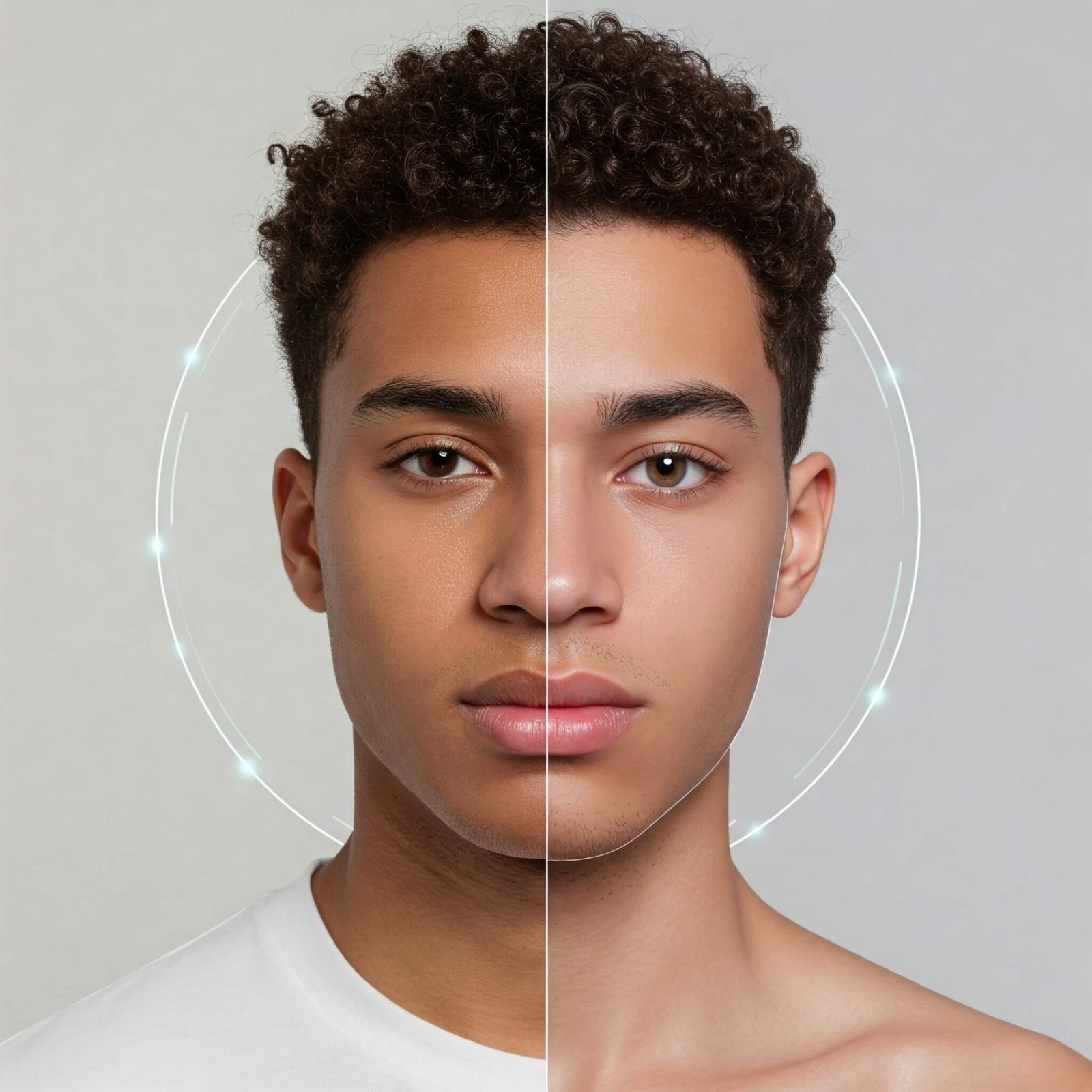We all have sensitive information on our phones – private photos, personal documents, or confidential messages. While password protection and app locking offer a degree of security, sometimes you need an extra layer of discretion. Enter the world of fake icons! This clever technique allows you to disguise apps containing sensitive content with innocent-looking icons, making them virtually invisible to prying eyes. Learn how to use fake icons and take your mobile privacy to the next level.
Why Use Fake Icons to Hide Content?
Using fake icons to hide sensitive content offers several advantages over standard security measures:
- Obscurity: Unlike locked apps that scream “something private here,” disguised apps blend in seamlessly with your other icons.
- Reduced Suspicion: Casual snoops are less likely to stumble upon or try to open an app that looks like a calculator or a notes app.
- Personalized Security: You choose the disguise that best suits your needs and makes sense to you.
- Layered Security: This method adds an extra layer of security on top of your existing phone lock and app passwords.
How to Use Fake Icons: Step-by-Step Guide
Learning how to use fake icons to hide your sensitive content is easier than you might think. Here’s a general step-by-step guide:
- Choose an App Hider: You’ll need a third-party app launcher or an app hider that supports icon replacement. Some popular options include:
- Nova Launcher: (Outbound Link: [Search for “Nova Launcher Android”]) A highly customizable launcher that allows you to change app icons.
- Apex Launcher: (Outbound Link: [Search for “Apex Launcher Android”]) Another popular launcher with icon customization features.
- App Hider – Hide Apps and Photos: (Outbound Link: [Search for “App Hider Android”]) An app specifically designed to hide apps and change their icons.
- Covertly – Hide Apps: (Outbound Link: [Search for “Covertly Hide Apps Android”]) An app focused on hiding apps behind functional disguises.
- Install the App Hider/Launcher: Download and install your chosen app from your device’s app store.
- Configure the App Hider: Follow the on-screen instructions to set up the launcher or app hider. This might involve setting it as your default launcher.
- Select the App to Hide: Identify the app containing the sensitive content that you want to disguise with a fake icon.
- Change the Icon: Most app hiders will provide an option to change the icon of a selected app. You’ll typically be able to:
- Choose from pre-set fake icons: Many apps offer a library of common icons like Calculator, Clock, Notes, Weather, etc.
- Use an image from your gallery: Some apps allow you to use a custom image as the fake icon.
- Change the App Name (Optional): For added deception, you can also change the app’s name to match the fake icon.
- Position the Fake Icon: Place the disguised app icon in an inconspicuous location on your home screen or app drawer.
Examples of Effective Fake Icons
Here are some real-world examples of how to use fake icons effectively:
- Disguise your photo vault app as a “Calculator” app.
- Hide your private messaging app behind a “Notes” icon.
- Make your confidential document storage app look like a “Weather” app.
- Camouflage your banking app with a generic “Utilities” icon.

Security Considerations When Using Fake Icons
While fake icons add a layer of obscurity, it’s important to remember that they are not a foolproof security solution. Consider these points:
- They don’t encrypt your data: The content within the hidden app is still secured by the app’s own security measures (passwords, encryption).
- Determined users might find them: Someone actively looking for hidden apps might eventually discover them.
- Rely on strong underlying security: Always use strong passwords or biometric authentication for your phone and the apps containing sensitive content.
- Keep your app hider updated: Developers often release updates that improve security and stability.

The Future of Mobile Privacy and Obscurity
As mobile privacy concerns continue to grow, we can expect to see more innovative methods for securing sensitive information. While fake icons are a clever current solution, future developments might include more integrated and sophisticated ways to hide and protect private data directly within operating systems.
Final Thoughts on Using Fake Icons
Learning how to use fake icons is a simple yet effective way to enhance the privacy of sensitive content on your phone. By disguising your private apps with innocent-looking icons, you can add a valuable layer of obscurity and deter casual snooping. Combine this technique with strong passwords and other security measures for comprehensive mobile privacy.
















































